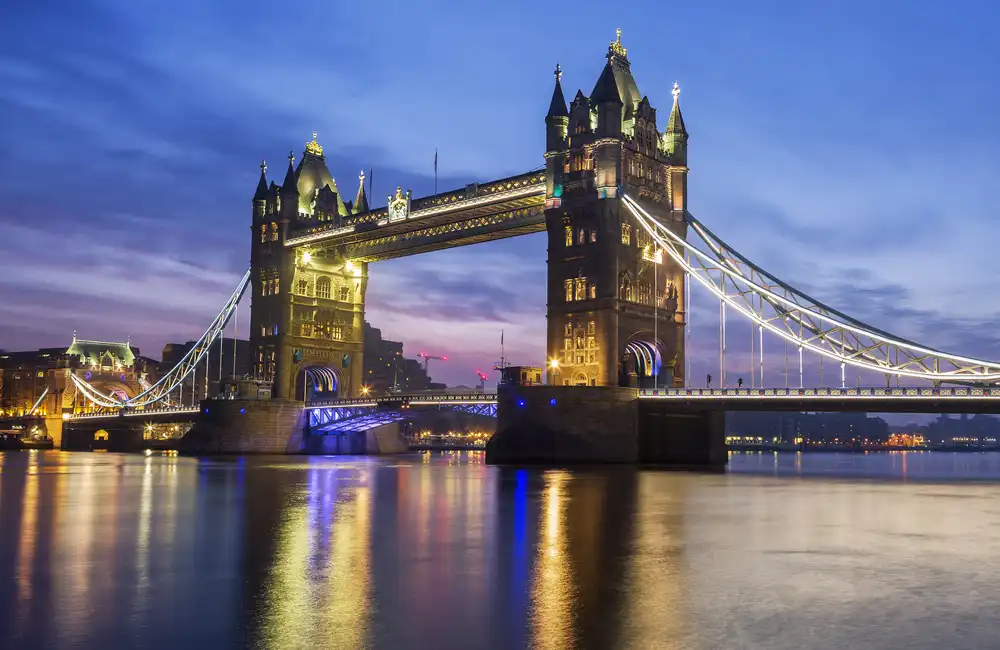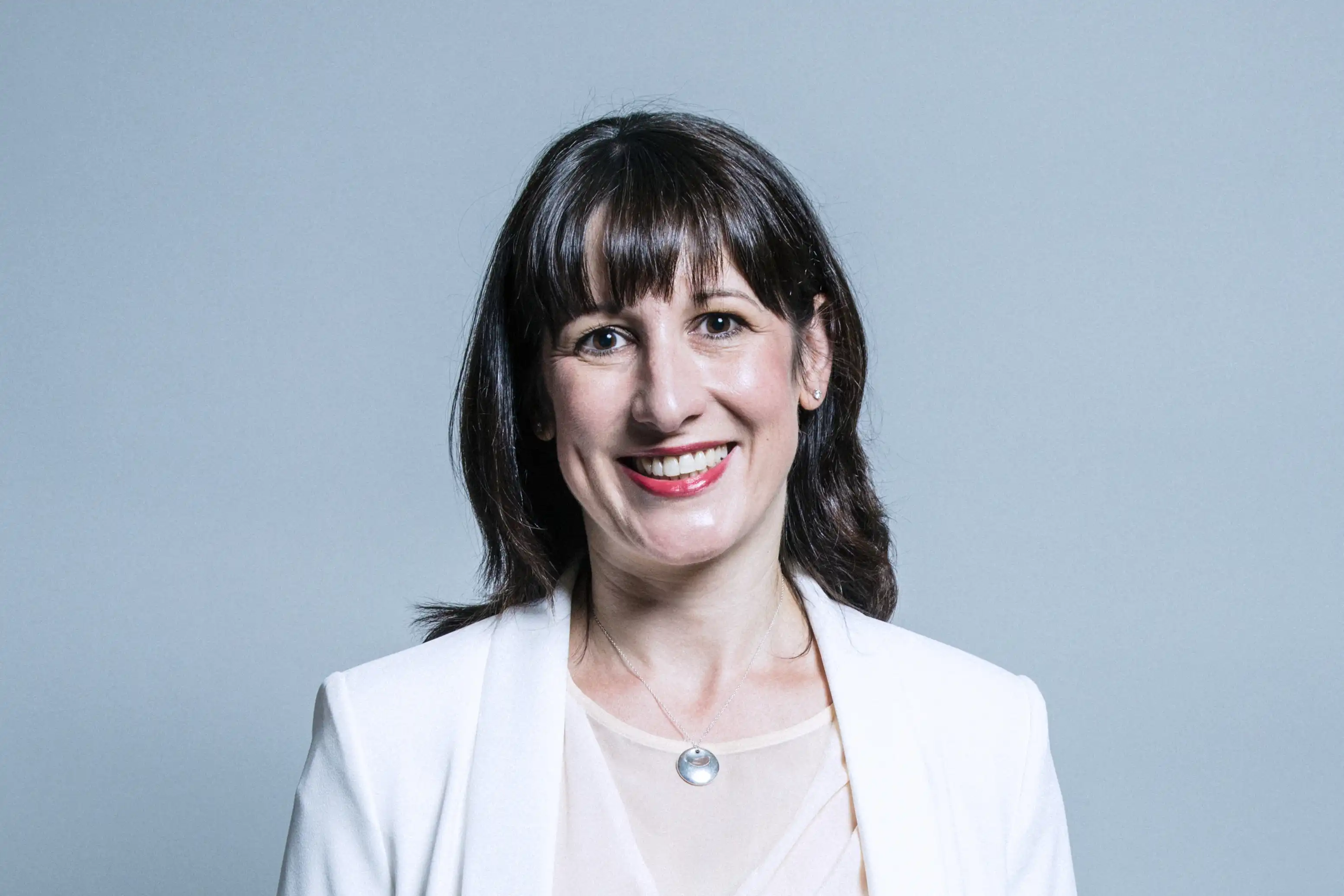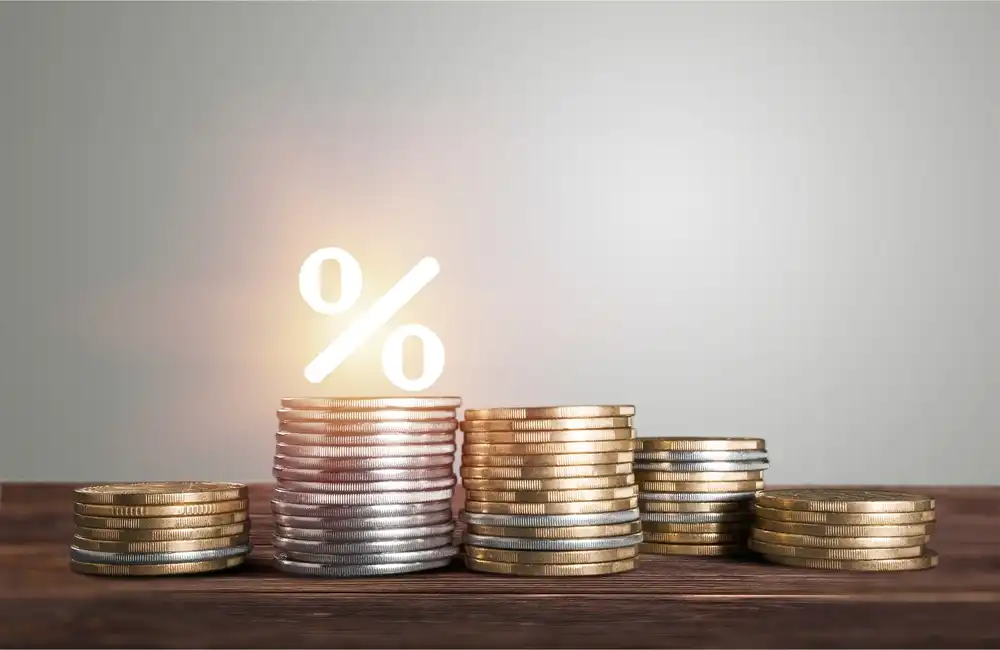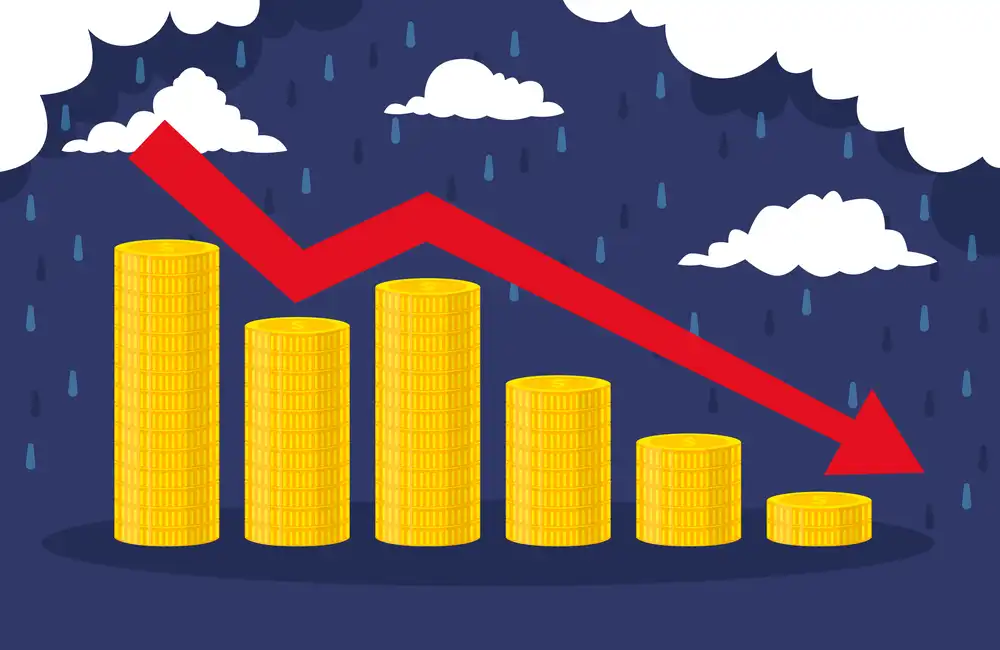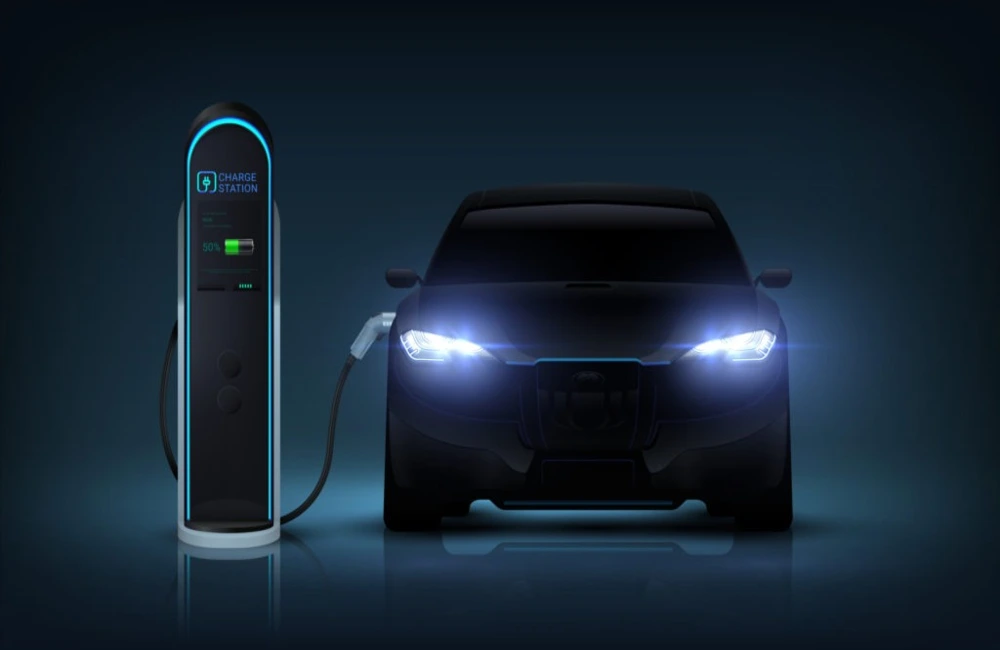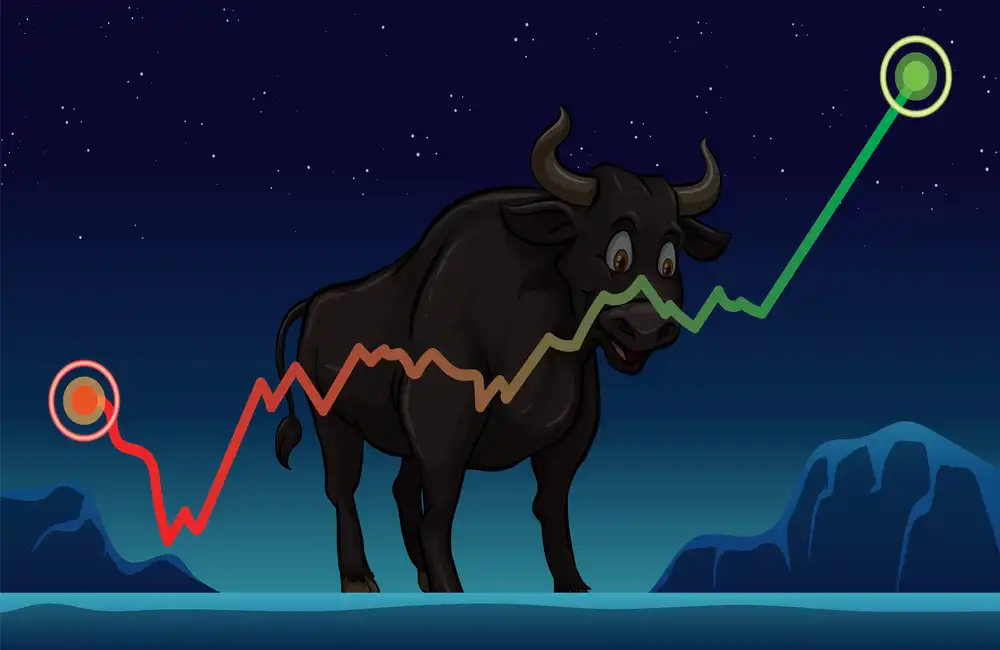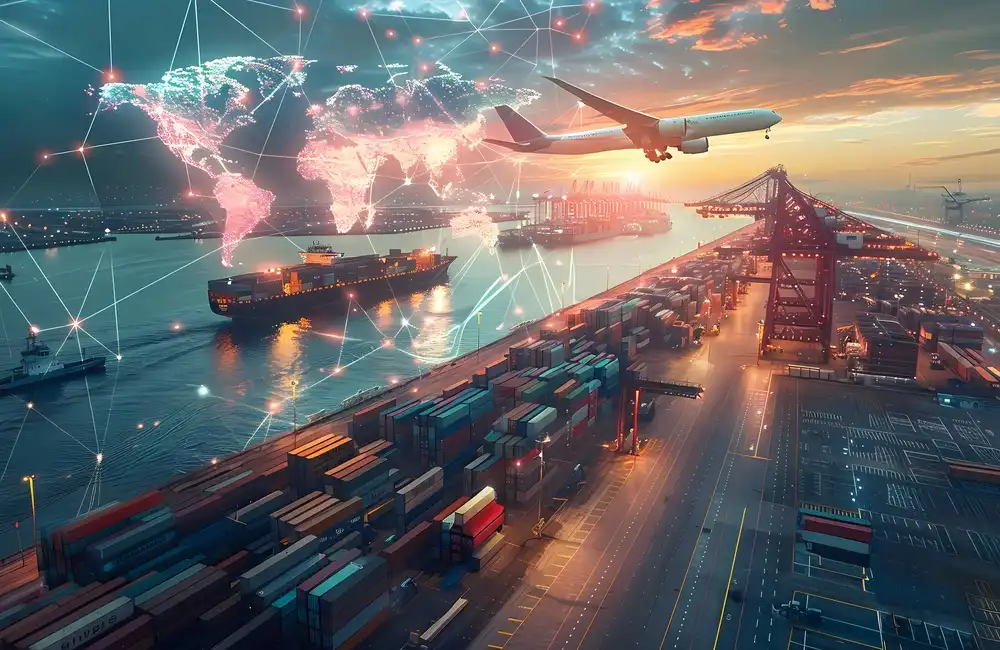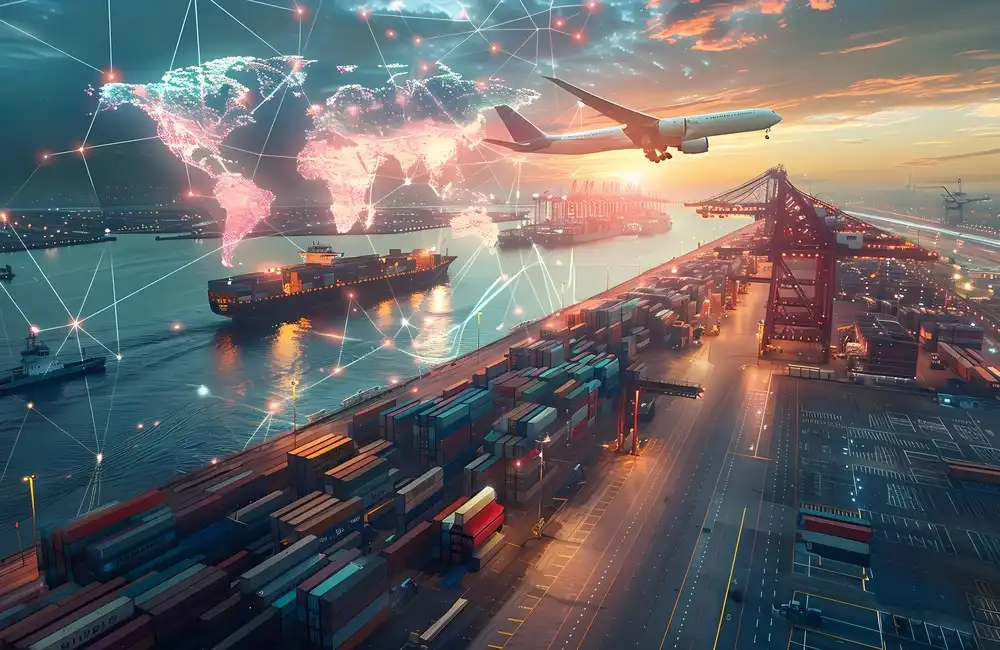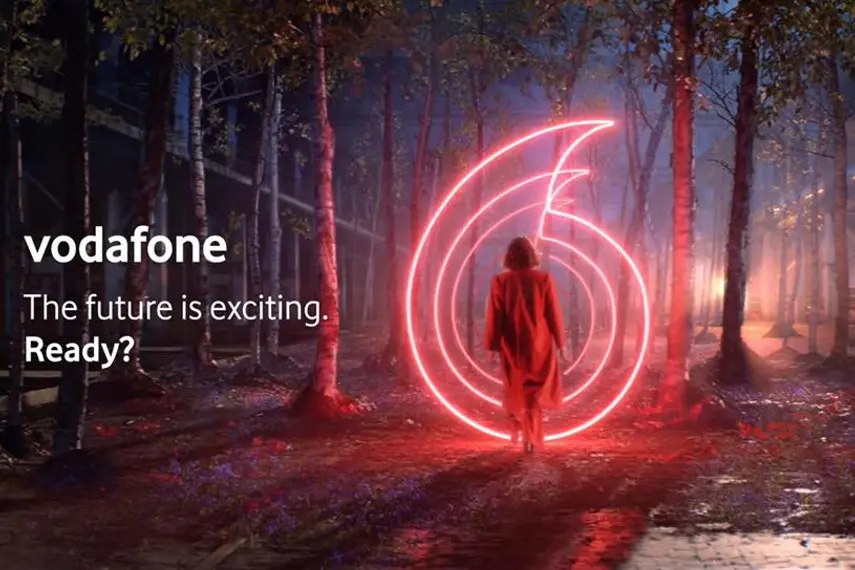Electric vehicle sales in Russia are projected to increase by 40% to 45% in 2021, to about 3,000-3,500 units this year, said auto analytics agency Autostat, but with transport as the most expensive component of Russia’s Rb 480 trillion ($6.36 trillion) decarbonisation plan, analysts believe mass uptake may be pushed back to as late as 2060.
Sales of new EVs in Russia tripled in 2021 to 2,254. Last year, Russians also acquired 9,070 second-hand EVs, which is an almost 70% increase on 2020, and now, the total number of EVs registered in the country is around 13,000. But that’s still a very small proportion, just 0.03% of the total car fleet in Russia, which stood at 45 million in 2021, according to Autostat.
Considering this year’s sales of both new and used vehicles across the country, the country’s EV fleet could nearly double, but would still amount to under 1% of all the cars driving along Russia’s roads, according to Platts estimates.
Replacing traditional internal combustion engine vehicles, or ICEVs, with EVs accounts for the bulk of the Rb 145.4 trillion that the Moscow-based VTB Capital estimates is the cost for a full decarbonization of transport. The investment bank’s projections indicate this represents a third of what is required to decarbonize totally the Russian economy by 2060, as the country has pledged to do.
This makes car decarbonisation the most expensive area of the overall decarbonisation task, as it includes the mass replacement of ICEVs with EVs, VTB Capital tells Vedomosti.
Social and Infrastructure Costs
What Russia has to contend with is the same enormous social and infrastructure capex costs that most major economies are going to have to reckon with in the next five to 10 years, according to Tom Price, head of commodities strategy at the UK-based brokerage Liberum.
Norway Excels; China Tests Ideas
“We are at the beginning of the transition. EV ownership is not yet a widely accepted shift in any significant economy except arguably dimensions in Norway, which have reported a significant pivot in the last couple of years,” Price said.
“But a lot of countries are still trying to get to the bottom of fundamental questions such as, ‘Can country’s power utilities handle recharging the country’s cars when everyone is asleep between something like midnight and six in the morning, or can distribution networks accommodate recharging units around your major centres’,” Price added.
China will have a kind of solution to sell to the world, the analyst said, because “they’re the ones doing most of the work on how to take as much advantage of the existing power distribution network.”
And China is retro-fitting towns with charge networks, and even constructing an EV-friendly town just over 100 km outside of Beijing.
“They are sampling some ideas, and if they get it right, it could be the blueprint for how we upgrade transport systems and deploy EVs globally,” said Price.
The Future of Cars
All electric cars sold in Russia are imported, and the country has yet to make its EVs. There are a number of questions to answer and a number of problems to solve before EVs can truly replace ICEVs entirely, said Boris Krasnozhenov, head of research at Alfa Bank.
“There are roughly five to seven competing technologies for batteries, and across the board, they could all be improved in terms of allowing the battery to hold a charge longer. Another major challenge is coming up with a cobalt-free solution, the metal that enables long-lasting charge, and mined in too few countries has also not been cracked,” he added.
The process also includes rethinking the surface of cities when it comes to the mass adoption of electric vehicles, Krasnozhenov said, but at the moment, there is only some vague idea as to whether cars that people own will still dominate in 2060, or whether there will be mainly vehicles in collective usage, and vehicles that don't even need a man to drive it, which then will require the development of artificial intelligence and data storage infrastructure.


